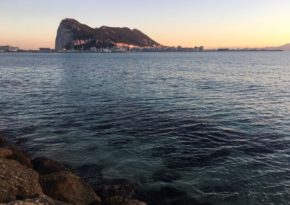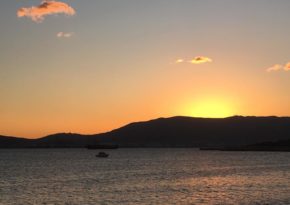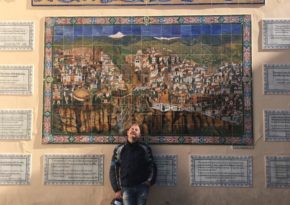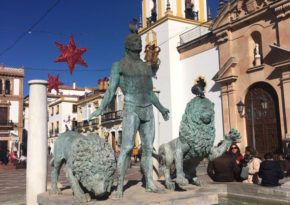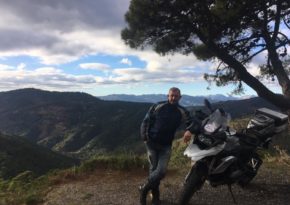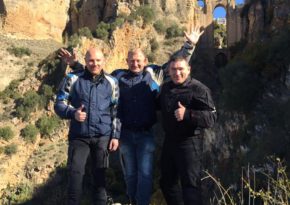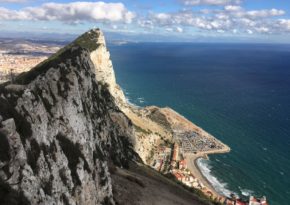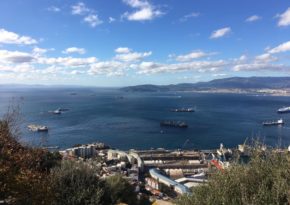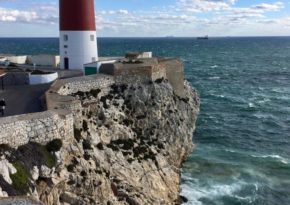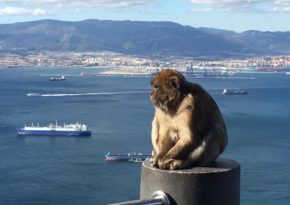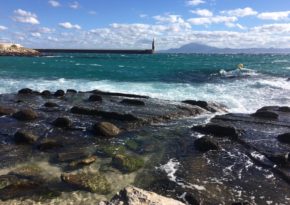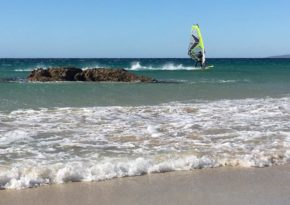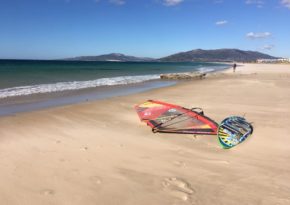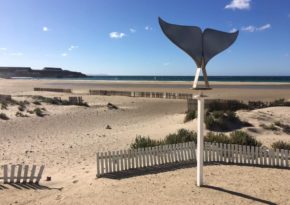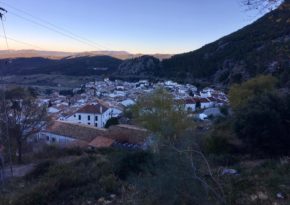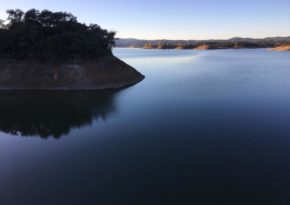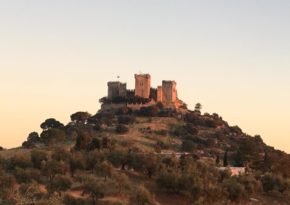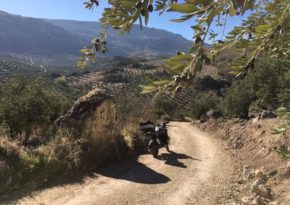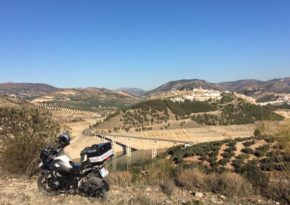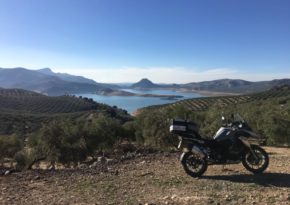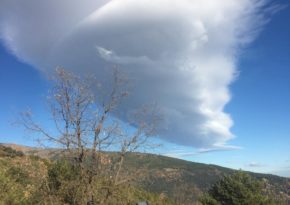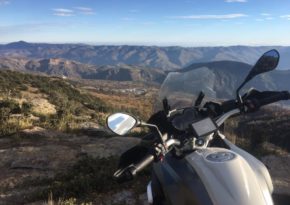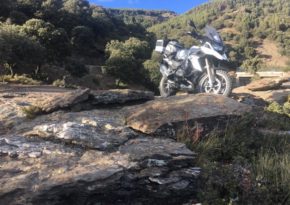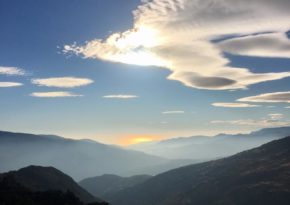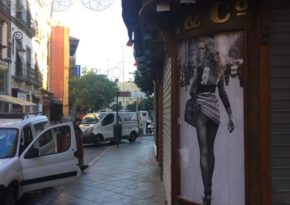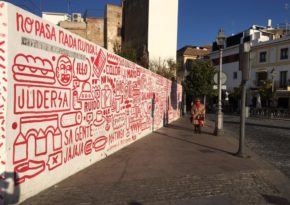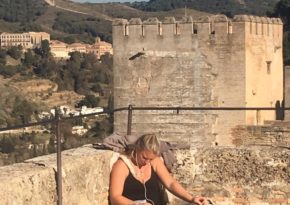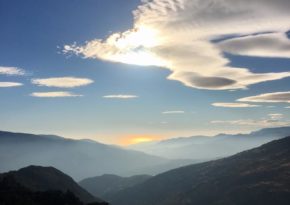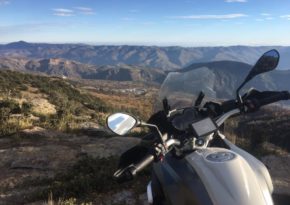A 7-day trip to Spain.
The beginning of winter in the Moscow region is not the best time of the year, especially when the real winter has not come yet and instead of it you see a mess of mud and snow in the streets. There is a lack of sunshine: when you leave home in the morning, it's still dark and when you look out the window after lunch, it's already sunset. In general, everything feels sad and one may want to get away from it all to some other place, where it's warm, sunny and palm trees grow! ;) And there must be the sea as well! How would it be wonderful to take a motorbike and ride along the beautiful winding paths to the mountains, then come to a fabulous, tidy, white-stone town, which has been standing right on the cliffsfor thousands of years, and wander along its narrow, crooked cobblestone streets, have a cup of coffee together with friends in a cozy café and take a picture with a bicentennial arch bridge, hovering over the abyss and connecting two parts of this amazing city, on the background. And not to forget to touch the ... tail of a fearsome black bull (not a real one, of course; I mean, just a copy of it made of metal, but whatever! :)) And then to go down to the seaside, tilting your motorbike in sharp turns, and watch the sunset from the beach, where the huge ships and snow-white yachts sleep under the clear orange sky and behind them the dark contours of the mountains are visible on the horizon. Africa is over there…
The proper name Gibraltar refers both to a small peninsula and a city of the same name in the south of Spain. Its area is less than 7 km². Since 1713 this territory has belonged to Great Britain. Most of the territory of Gibraltar is occupied by a rock that is more than 400 m high and has steep walls. The city itself and the airport are located at the western foot of the rock. It is noteworthy that a busy highway passes through the airstrip. When the plane takes off or lands, the highway is blocked by automatic barriers. Gibraltar hasa strategic position at the entrance to the Mediterranean Sea, that's why many fierce wars have been waged for it for several millennia. Now a NATO base and a large port are placed there.
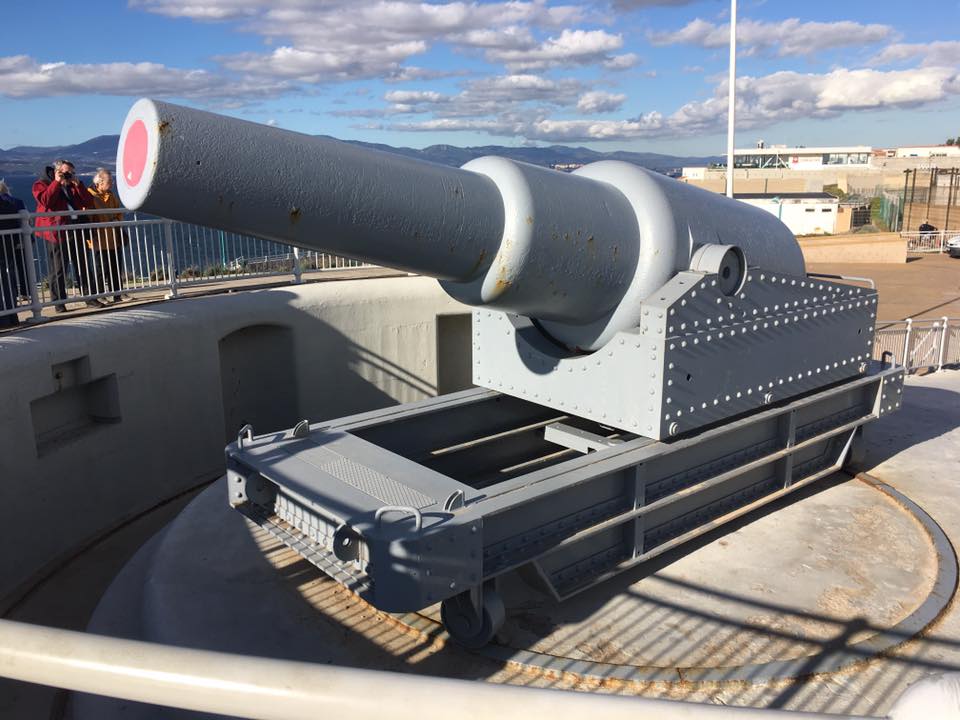
You can get to the peninsula by a narrow isthmus, where you will have to pass the passport control. And if you have a Schengen multivisa, then the border guard will put a stamp (it can be considered as a short-term visa) and you will enter Her Majesty's territory.
You can go around the entire peninsula in 15 minutes, however, there are several attractions that you had better visit. At the southernmost point there is an old lighthouse and a big cannon, dated back to the century before last. And you can climb the 426-meter-high rock itself by a cableway or on foot. Going there by any vehicle is prohibited, but I managed to sneak past the guards through an open barrier and then ride along a very steep and narrow serpentine almost to the very top, which offered a gorgeous view of the city, the strait, the port and the opposite coast of Africa.
Nevertheless, I wasn't allowed to enjoy the views for a long time. Someone from the airport staff had called the police and I was arrested. Having found out all the reasons for my entry into the private area, they lifted me down and let me go, fortunately, without any negative consequences. But as I was left unsatisfied with that fact, I climbed to the top of the cliff again (this time I did it in a legal way, by means of a cableway).
Tarifa is a small town located in the south of the Apennine Peninsula. This is the southernmost point of Europe. It is notable for its huge sandy beach and for the strong winds that constantly blow here, which attracts a lot of windsurfing enthusiasts.

You can see hundreds (or even thousands) of them here in summer. And today is Tuesday, quite an inappropriate time and the weather is cold. Therefore, I saw only two crazy men, one of which was surfing the waves and the other one was lying on the beach, resting. In this town there are also ruins of an ancient fortress, a long pier piercingthe seaside and a monument to someone I didn't know. On the coast, almost on the very beach, there is a small restaurant, where you can order fresh seafood dishes. The weathervanes in the shape of whale tails are spinning just in front of it. Not far from the town there is a viewpoint that offers a gorgeous sight of Africa. Frankly speaking, if you are not fond of surfing or sailing, then it does not make sense to stay here for a long time.
It is better to travel across Andalusia by local ground roads, which wind along rivers, lakesand slopes of mountains, than by motorways. What's more, in addition to big and wonderful cities, there are a lot of small villages and quiet towns, where you wouldn't meet many people during the afternoon, as well.

But you'll definitely admire their loveliness: their snow-white walls of the houses, tiny squares, bell towers with clocks and cafés, where you can have a snack or a glass of wine for an affordable price. A friendly waiter (who is also an owner of the café) does not understand a single word in English, but would be happy to offer you a menu in Spanish, in which you would try to find some familiar names, straining your imagination. Nobody here is in a hurry… And everything is just great!

And in the south of Spain you can find the beautiful paths! In case you search for them well, of course… This is Sierra Nevada mountain range.
Cadiz, Seville, Cordoba, Granada, Malaga are all very different, but at the same time quite similar cities located in Spain. They appear to be full of the Spanish spirit, culture and traditions. In spite of globalization, a certain Spanish flavor is present in everything here: in architecture, people, local cuisine. And if you accidentally get the wrong plane on December 31 after a night out with friends (like in the Soviet film "The Irony of Fate") and wake up in Seville or Granada, somewhere in the Third Conquistadors' Street, then you will immediately understand that you are not in Leningrad and certainly not in Hanover or some Leon, for example.
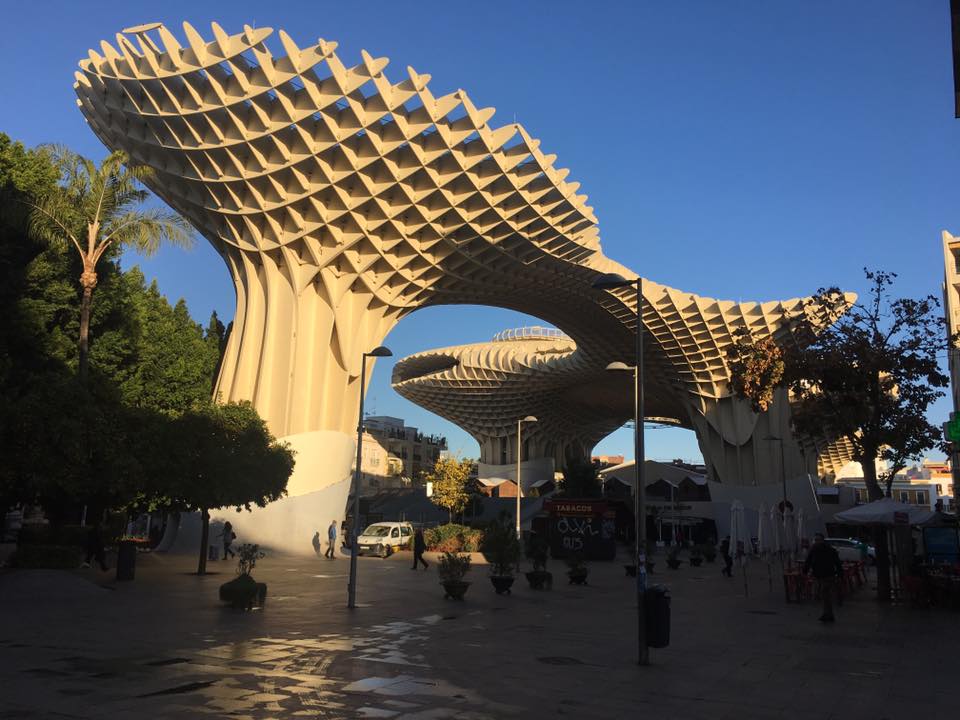
For several ages, from the VIII century, the territory of modern Spain had been conquered by Muslim Arabs, which left its mark on traditions, names of cities and areas, architecture of ancient castles and fortresses.
There are few refugees and beggars in big cities in Spain. I found out from local residents that Spain had accepted 35,000 migrants, according to the EU quota, but then they disappeared somewhere. Well, they must have moved to more affluent and generous Germany. And although in busy tourist streets you can sometimes meet black people who have laid out all sorts of stuff like GUSSI handbags for €30 and ROLEX watches for €50 on the rags, but they don't actually bother much with their presence.
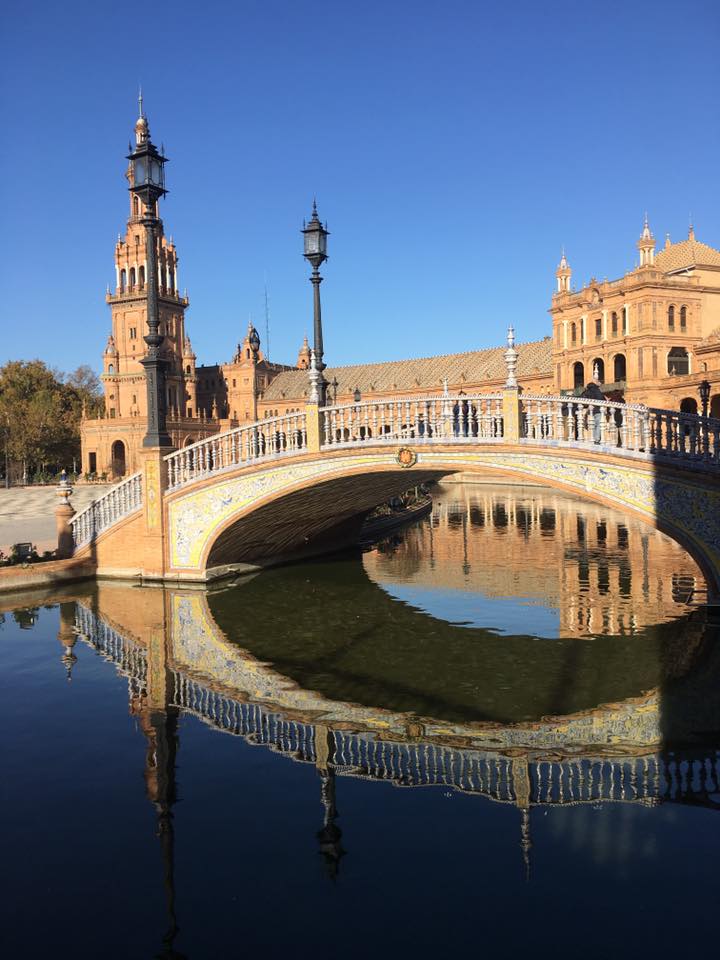
It's not the first time that I have visited Spain and every time I like it more and more. It feels especially great in late autumn and early spring, when we do not have that comfortable weather in Russia, so our mood tends to be alike.
comments powered by HyperComments Cap-travel.ru
Cap-travel.ru